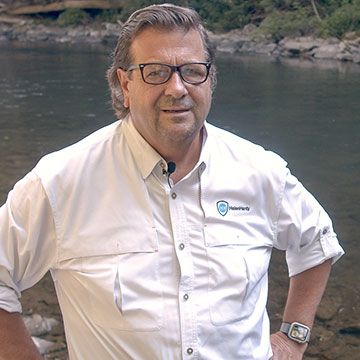
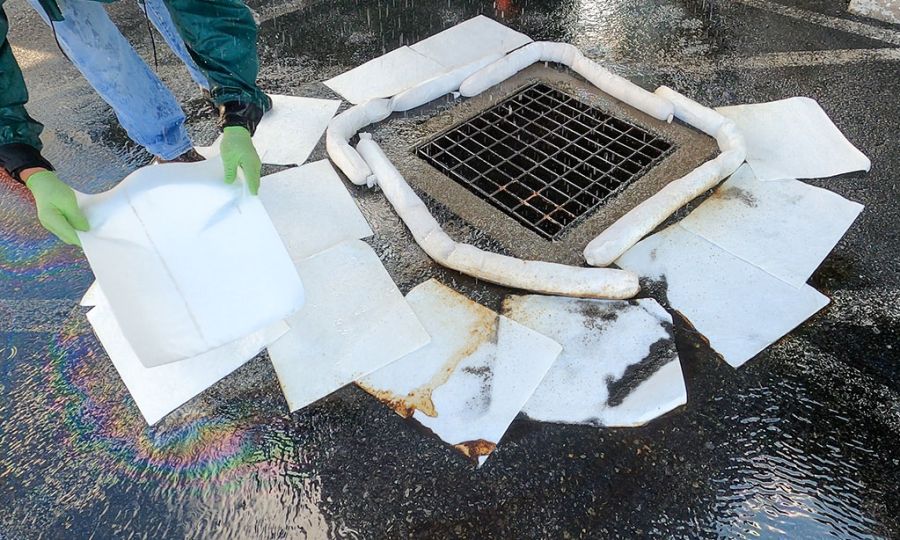
Spill Response Training Practices Need Upgraded
The spill response training practices that have evolved over the past 40 years all centered around white oil spill materials. To overcome the inherent product flaws, responders had to learn tactics that promote wasted time and materials.
Rather than learning to divert and contain spills immediately, many responders were trained to create a “white-out.” This is the habit of throwing hundreds of white sheets on top of a rapidly-spreading spill. As a practical matter, first responders never have enough room in their vehicles for dozens of bales of white sheets to cover a growing spill. Also, white sheets tend to blow around in the slightest breeze.
To contrast, if responders had the proper tools, they would learn how to:
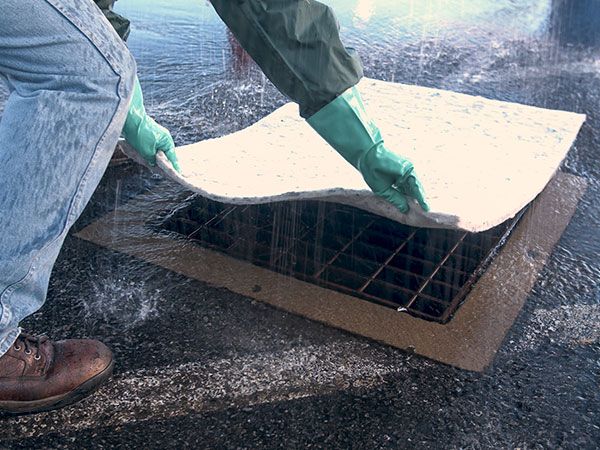
1.Immediately cover storm drains with sheen-filtering rugs and strips.
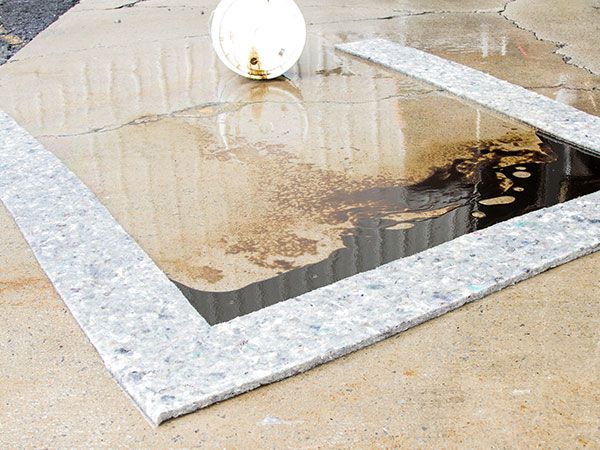
2. Promptly divert spills away from storm drains and sensitive areas.
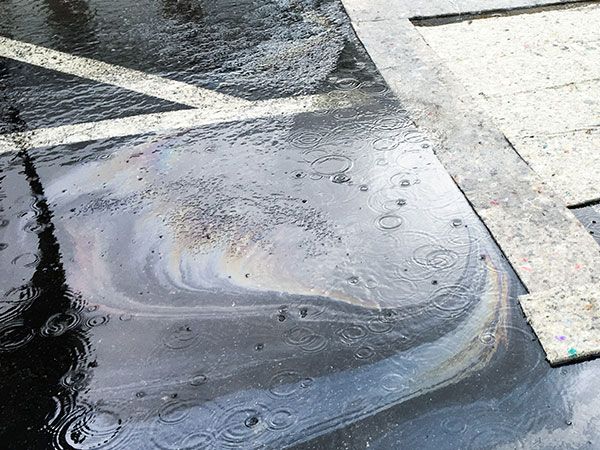
3. Quickly create containment puddles (pools) to stop the spill from spreading
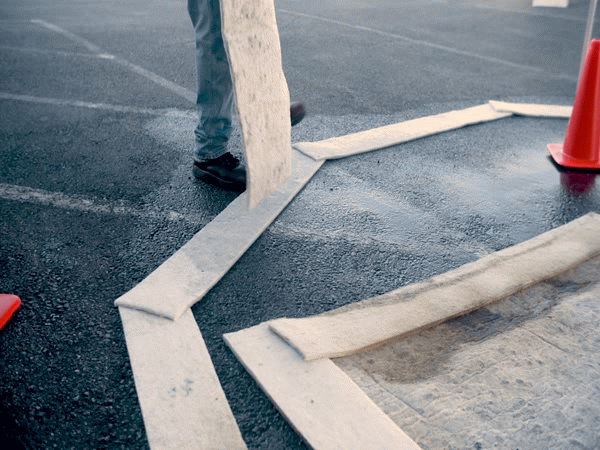
4. Rapidly blanket the puddles with oil-filtering pads and rugs
Effective spill response training can reduce cleanup costs by 90%.
Once frontline responders have the spill contained, they can step back and allow the spill contractors to do their job. And since the spill didn’t spread into storm drains, creeks, or other sensitive areas, the cost of cleanup can be reduced by as much as 90%.
Comment
Comments are closed.
We received the following comment on LinkedIn from Matt Hammer of LaBella Associates
“That 4 step outline on the link (above) could be formatted into a Standard Operating Procedure and dropped right into an SPCC plan.”